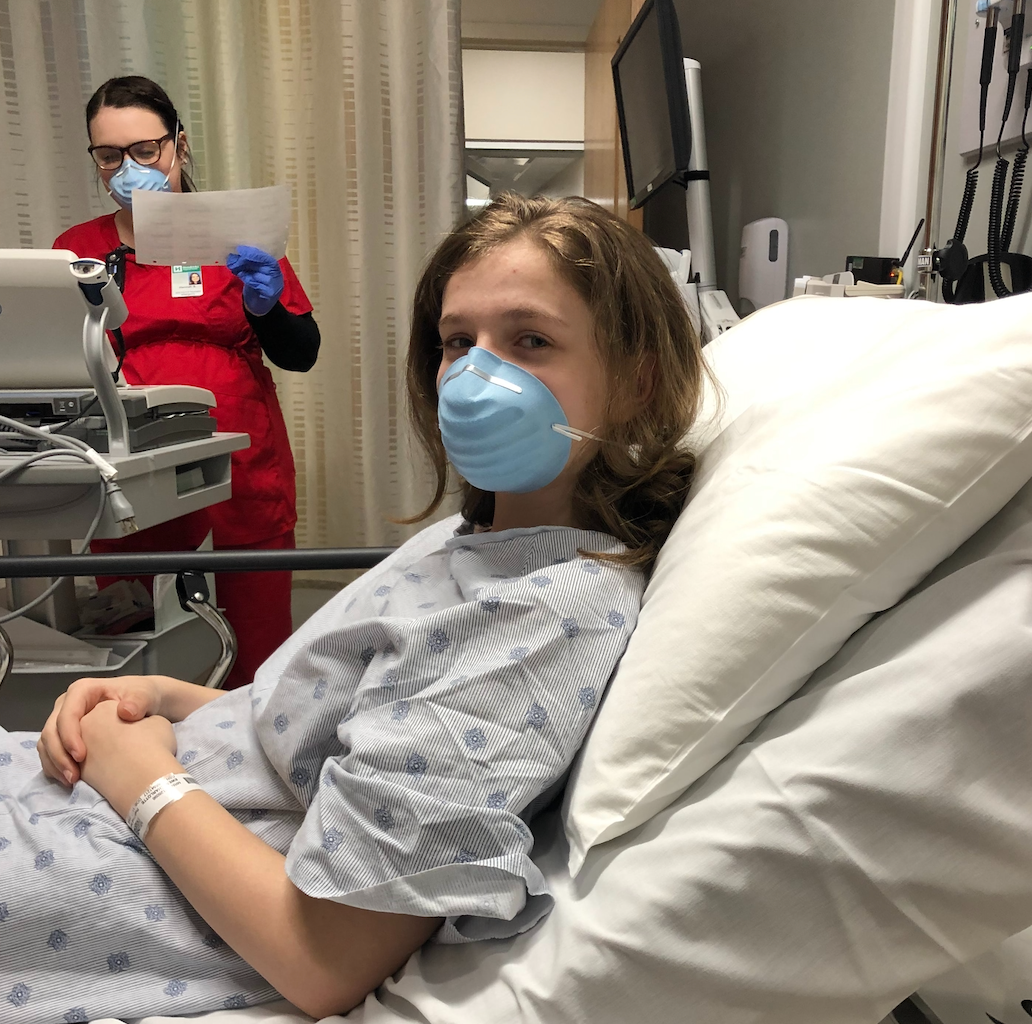Understanding Young Adult Hospitalizations in COVID-19
A new study addressed the clinical outcomes in young adults who were hospitalized with COVID-19 across the United States.

School is back in session and with conversations surrounding boosters, the Delta variant, and when we’ll be able to vaccinate more children, we’re entering uncharted territory in the United States for the COVID-19 pandemic.
As we inch closer to two years of the COVID-19 pandemic, we’re learning more about hospitalization and the impact of the disease on various patient populations. This year, many college students will be going back to campus and living in dorms, which many universities mandating.
Like so many during this most recent surge, young adults have been impacted by the steep rise in cases. Now more than ever though, understanding outcomes for those infected and hospitalized with COVID-19 will be important. A new research letter published in JAMA Internal Medicine directly addressed the clinical outcomes in young adults who were hospitalized with COVID-19 across the United States.
In those aged 18-24 within the United States, the research team analyzed clinical profiles and outcomes across 3,222 individuals. These young adults were hospitalized with COVID-19 between April 1 and June 30, 2020 utilizing the Premier Healthcare Database, which pulls data from 1030 US hospitals. The researchers used ICD-10 codes. To define outcomes and comorbidities and ultimately assessed over 780,000 discharges during this timeframe. The mean age was 28.3 years and 57.6% were men, and 57% were Black or Hispanic. 36.8% had obesity.
The authors noted “During hospitalization, 684 patients (21%) required intensive care, 331 (10%) required mechanical ventilation, and 88 (2.7%) died. Vasopressors or inotropes were used for 217 patients (7%), central venous catheters for 283 (9%), and arterial catheters for 192 (6%). The median length of stay was 4 days (interquartile range, 2-7 days). Among those who survived hospitalization, 99 (3%) were discharged to a postacute care facility. Morbid obesity (adjusted odds ratio [OR], 2.30; 95% CI, 1.77-2.98; vs no obesity; P < .001) and hypertension (adjusted OR, 2.36; 95% CI, 1.79-3.12; P < .001) were common and in addition to male sex (adjusted OR, 1.53; 95% CI, 1.20-1.95; P = .001) were associated with greater risk of death or mechanical ventilation. Odds of death or mechanical ventilation did not vary significantly with race and ethnicity. Morbid obesity was present in 140 patients (41%) who died or required ventilation. Diabetes was associated with increased risk of this outcome in univariable analysis (OR, 1.82; 95% CI, 1.41-2.36; P < .001) but did not reach statistical significance after adjustment (adjusted OR, 1.31; 95% CI, 0.99-1.73; P = .06).”
When we look at these findings regarding hospitalized young adults, we find a considerable amount of substantial rates of adverse outcomes. 21% of the hospitalized young adults required intensive care and 10% needed mechanical ventilation.
Overall, this indicates that young adults can and do experience severe outcomes and now more than ever, we need to invest in vaccination campaigns and prevention strategies that would target this patient population.
